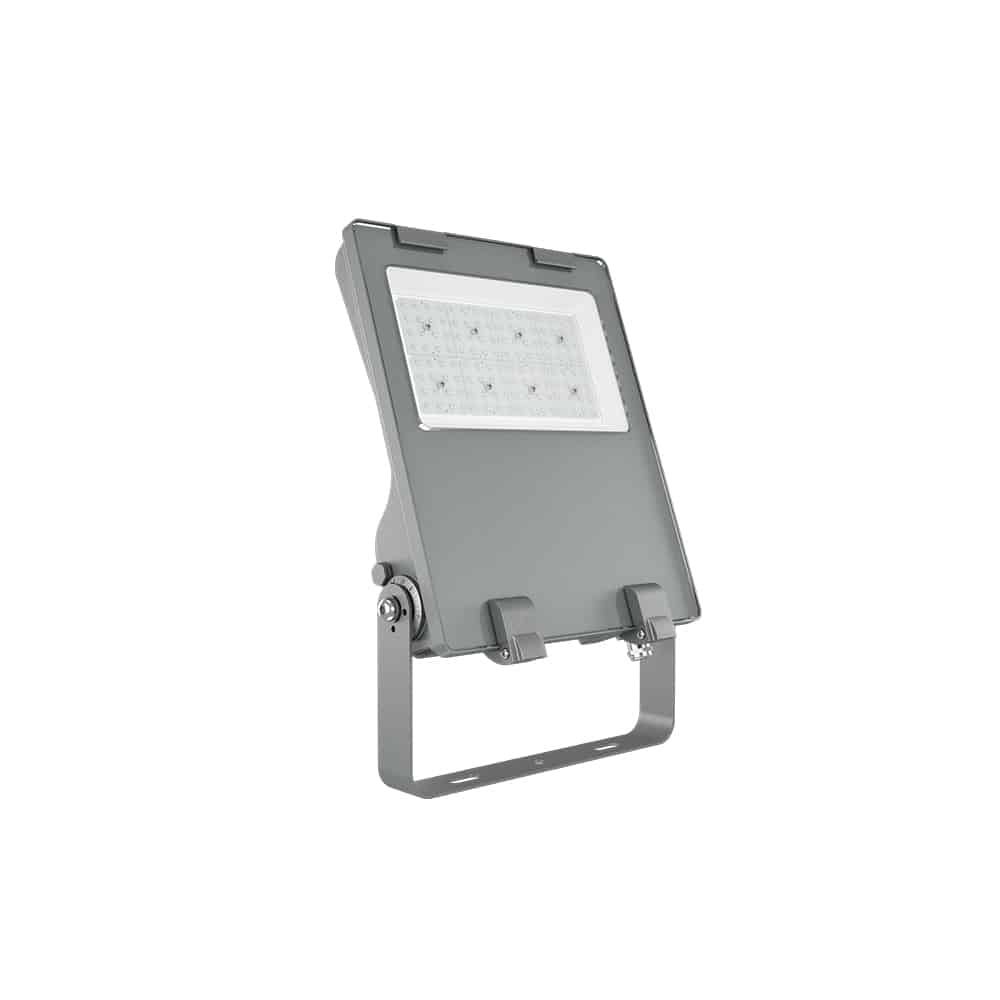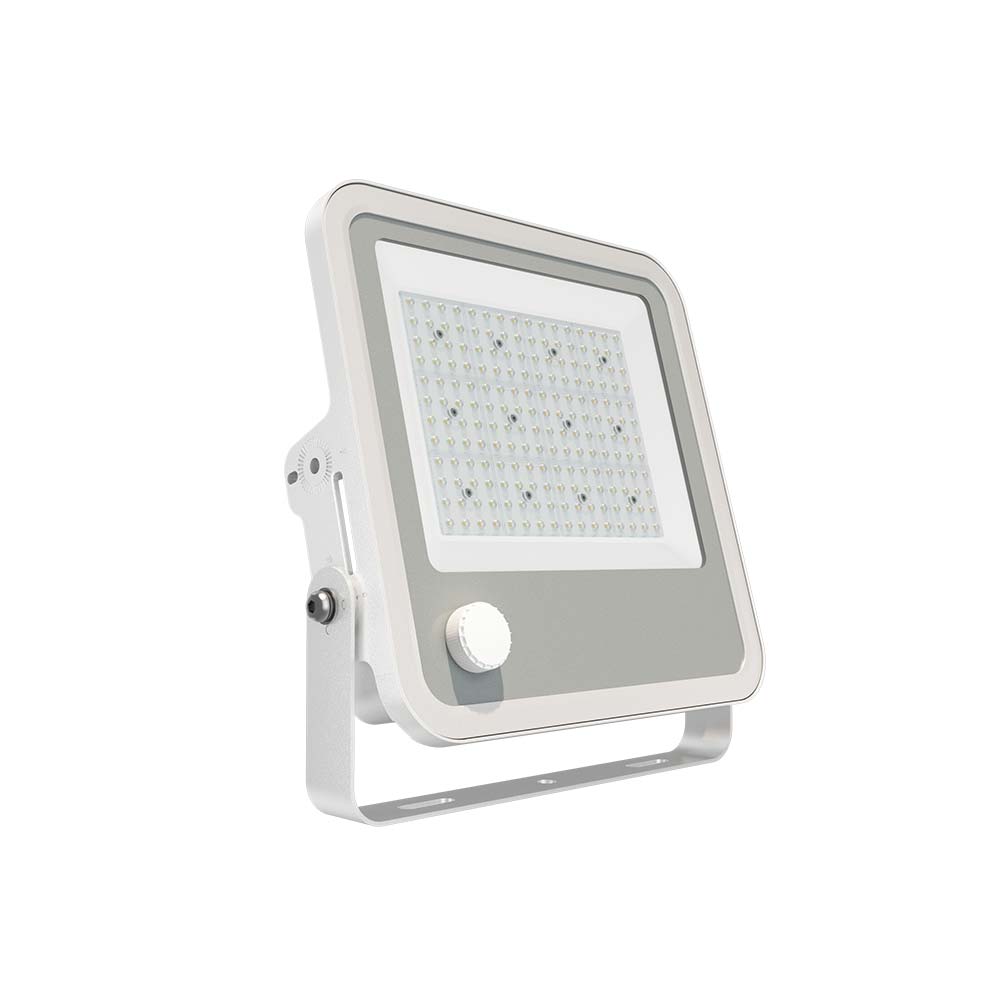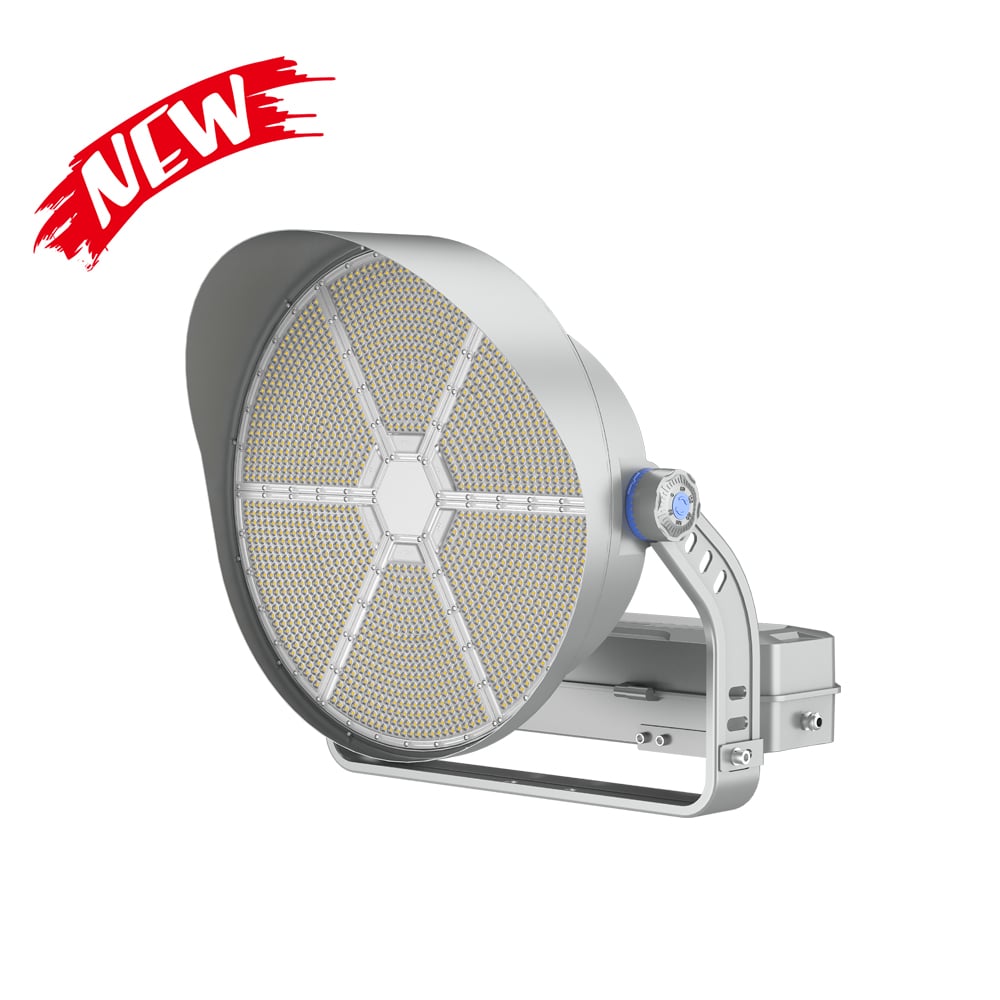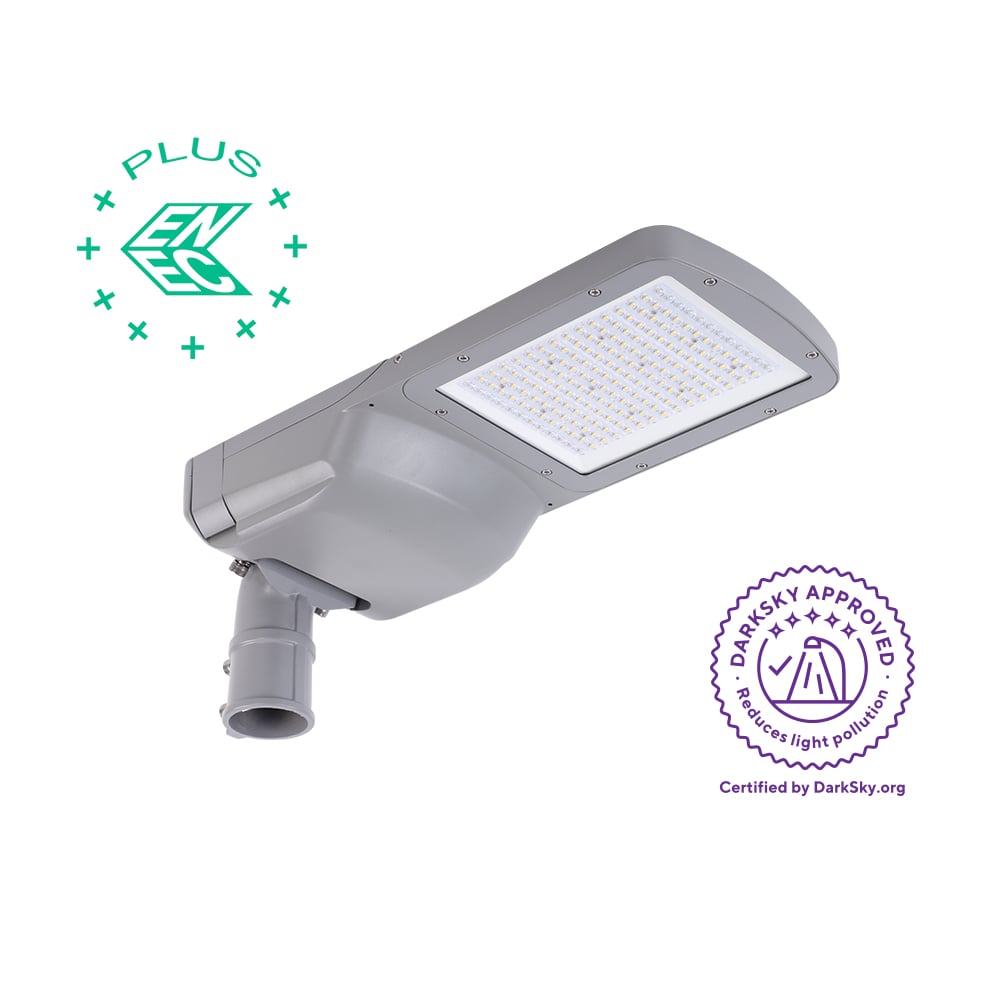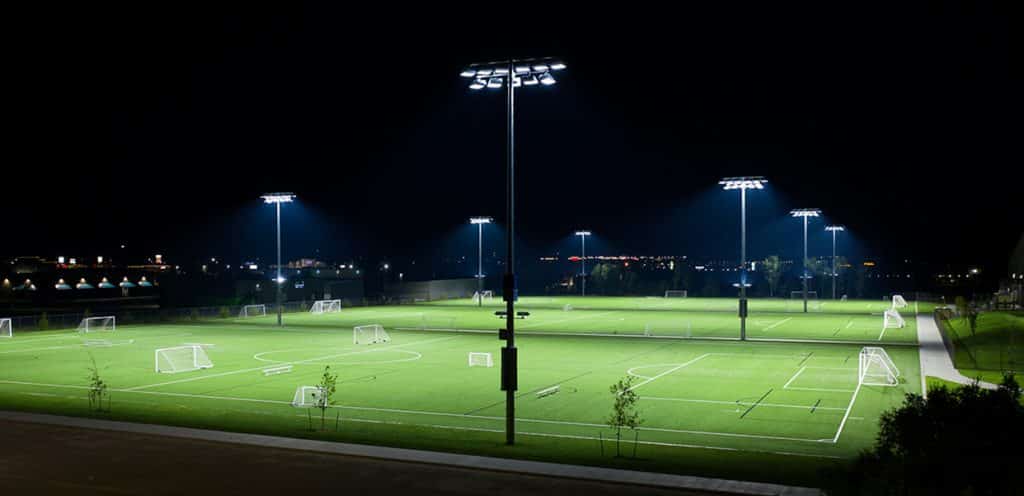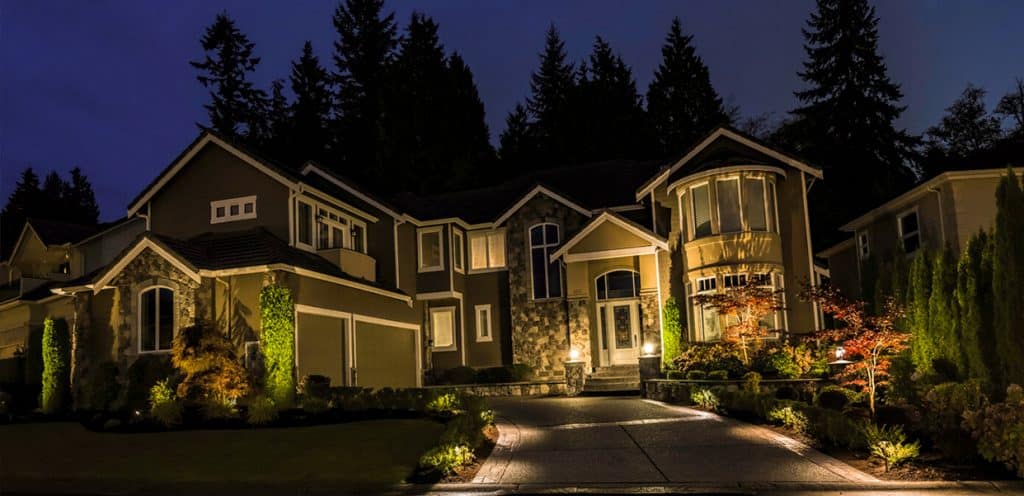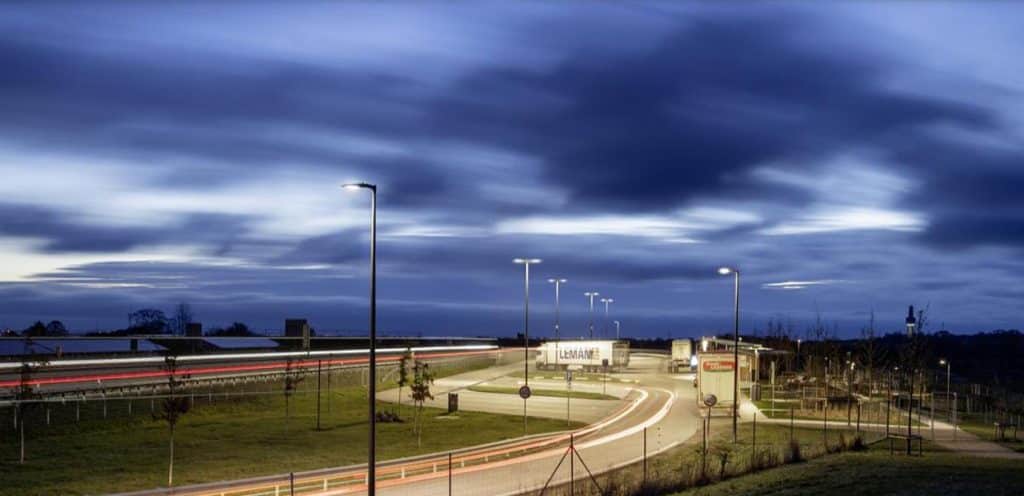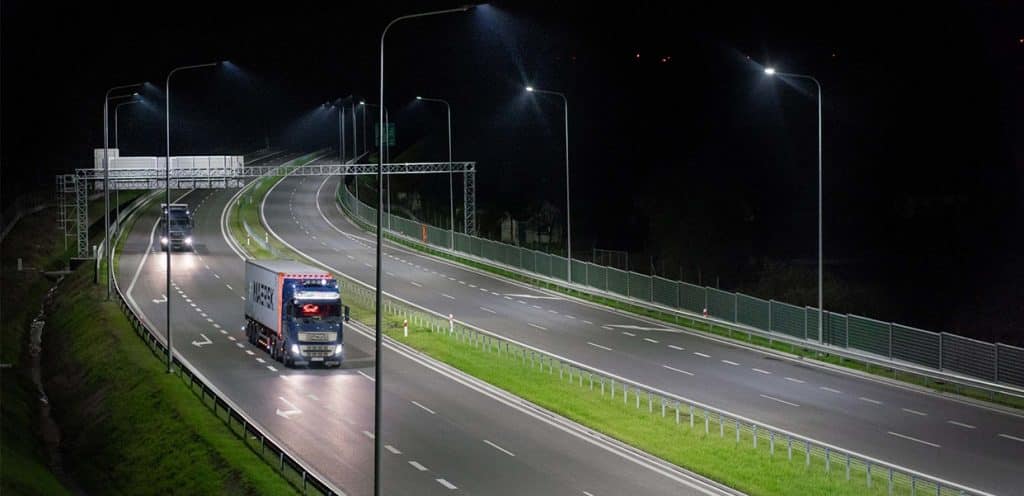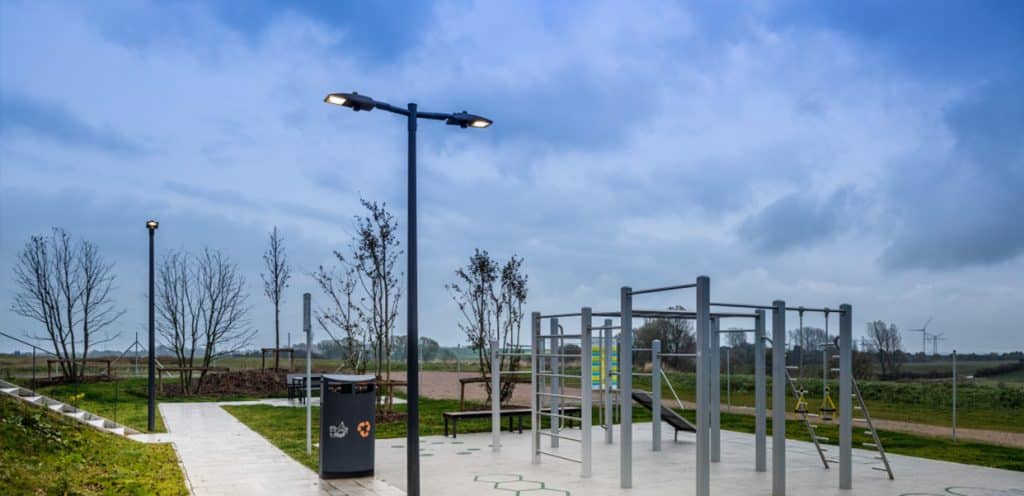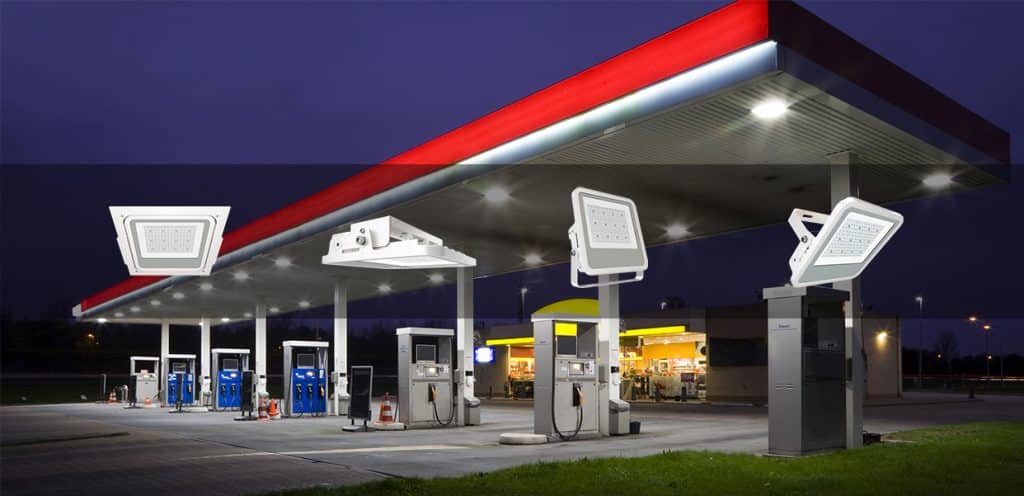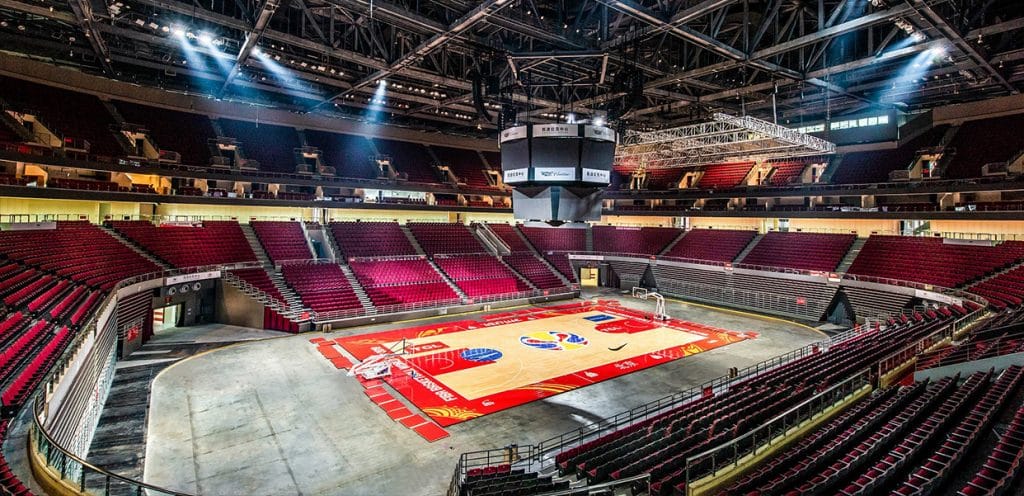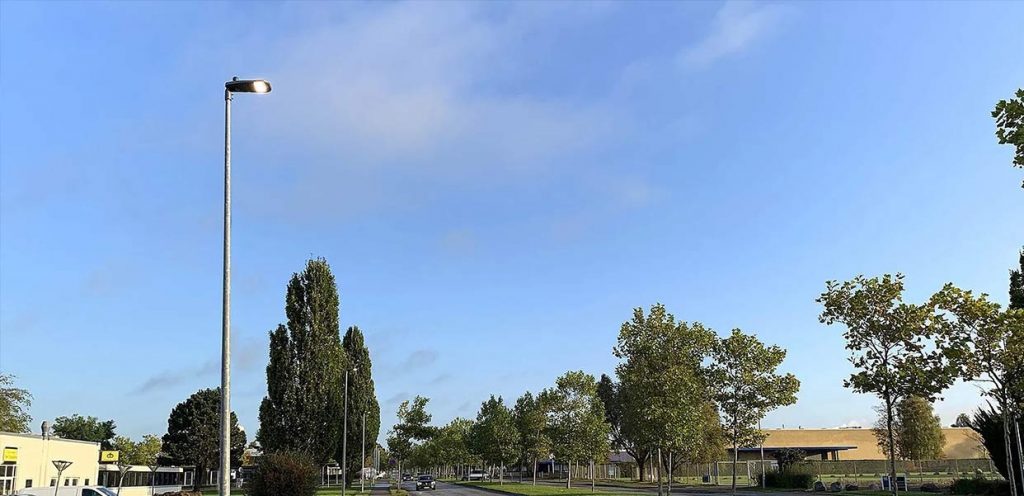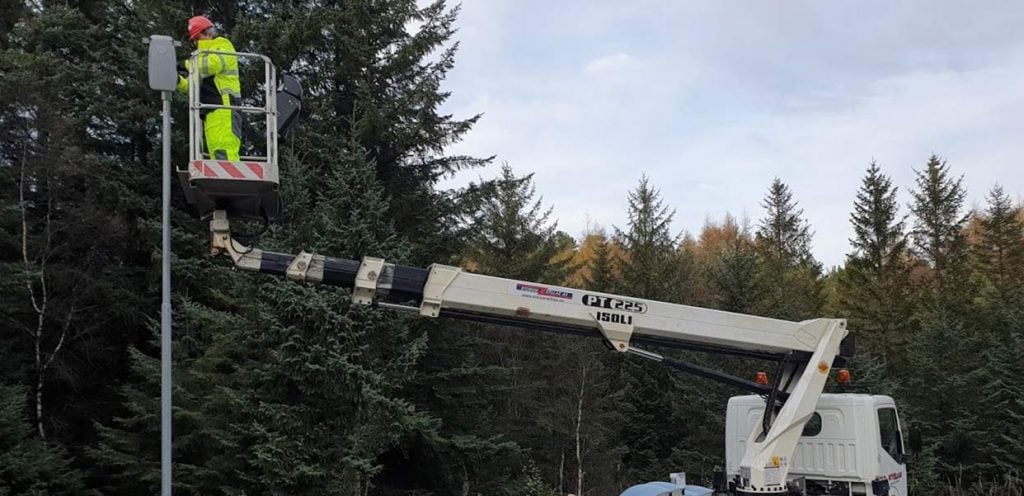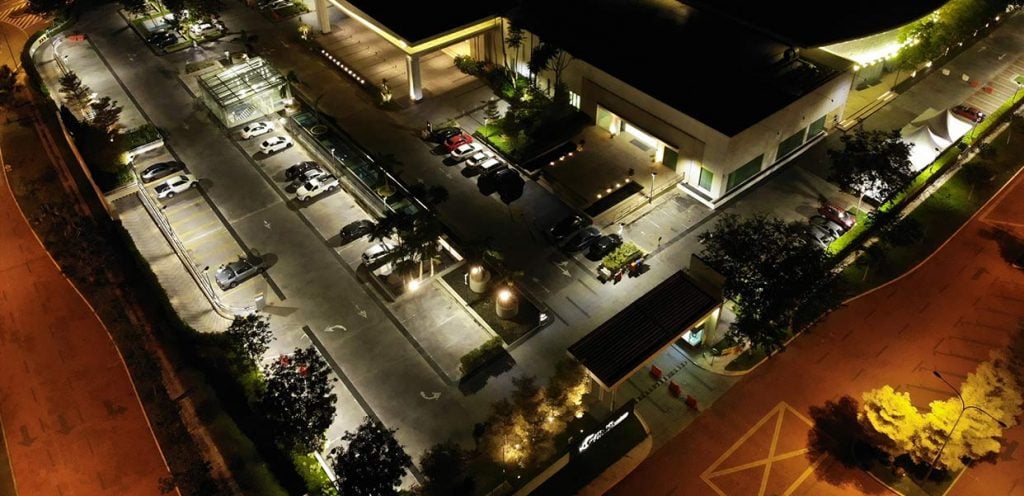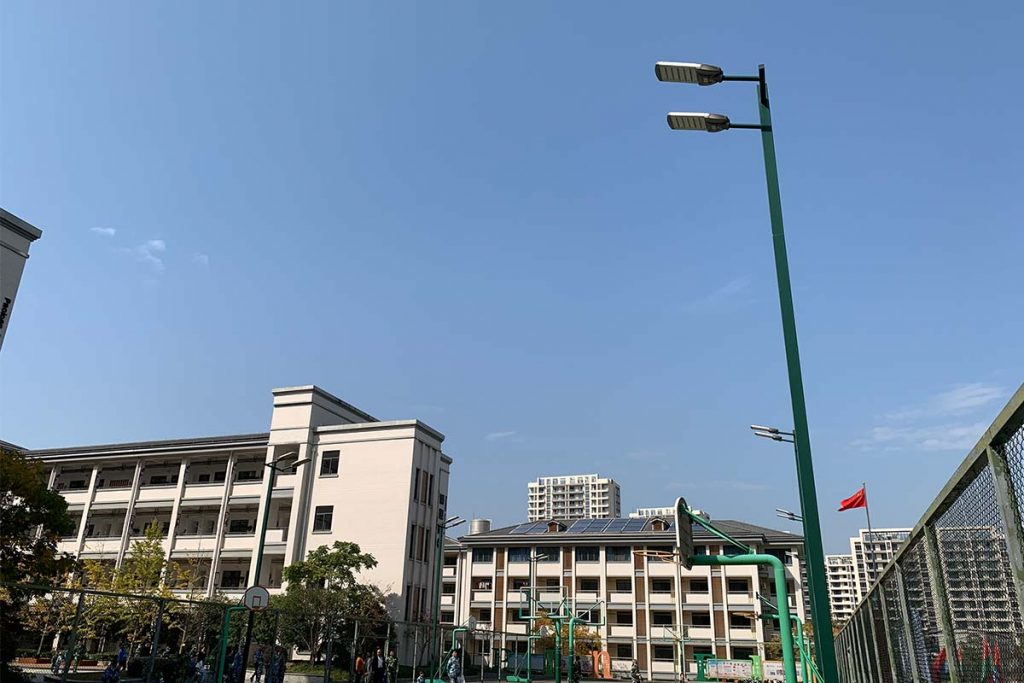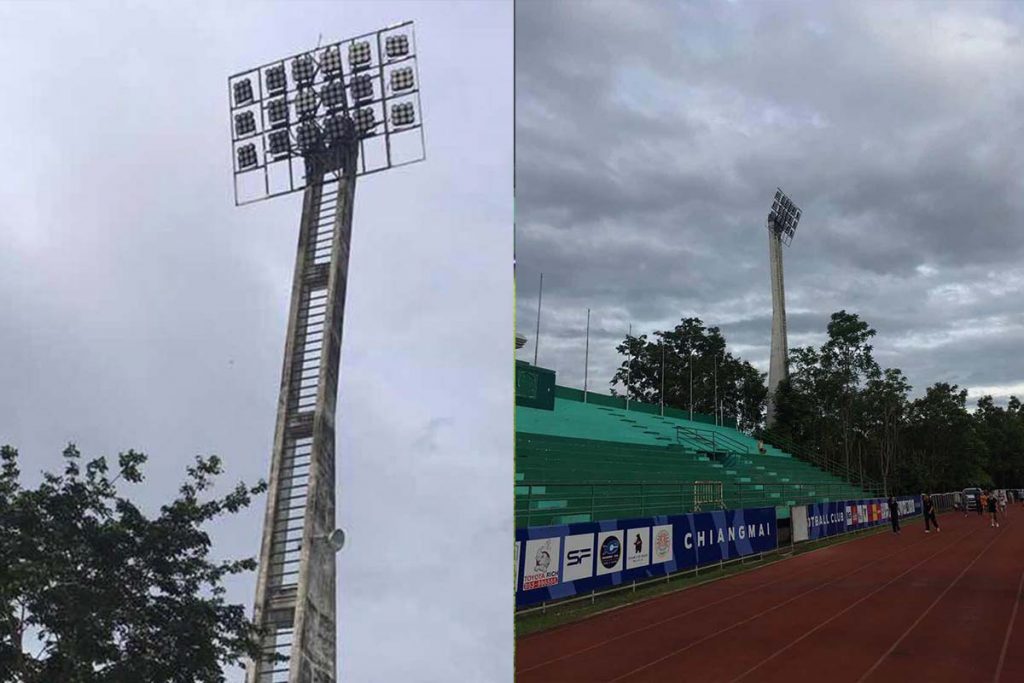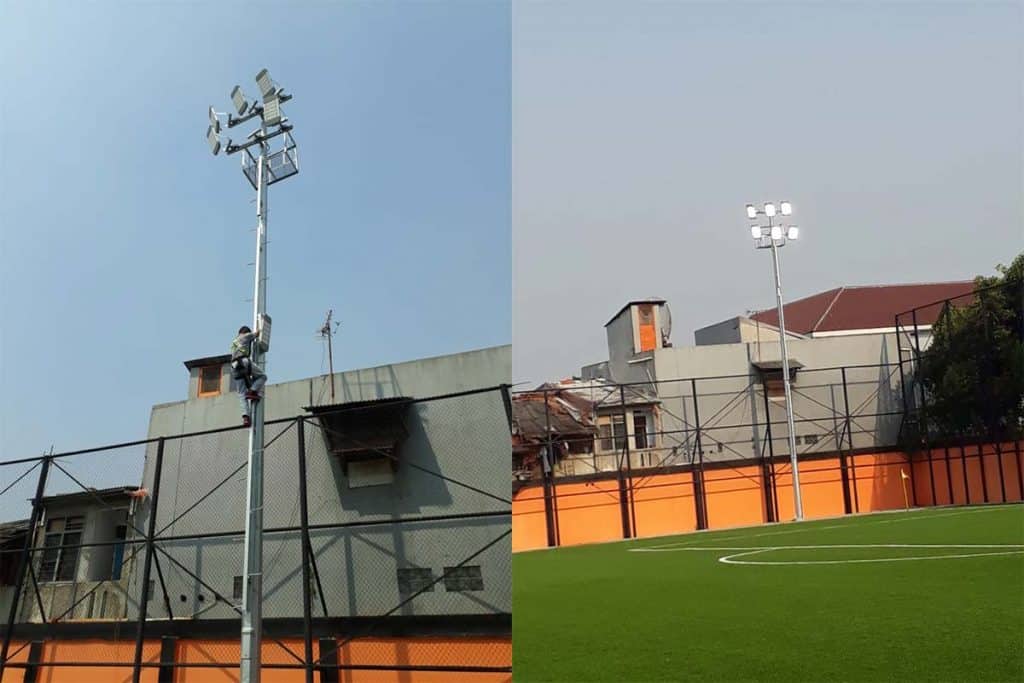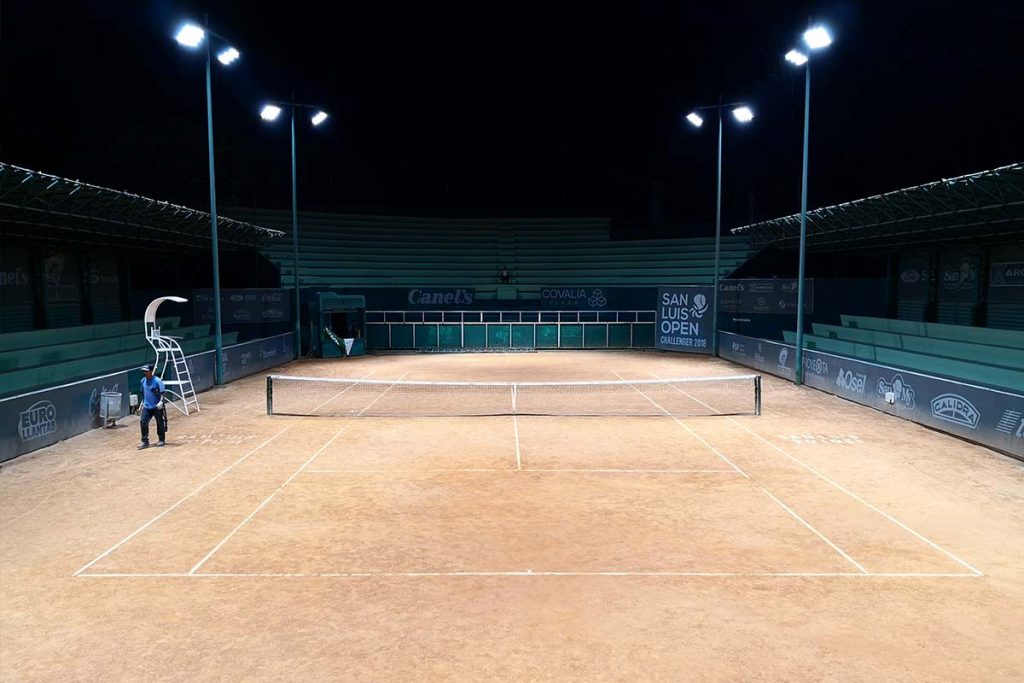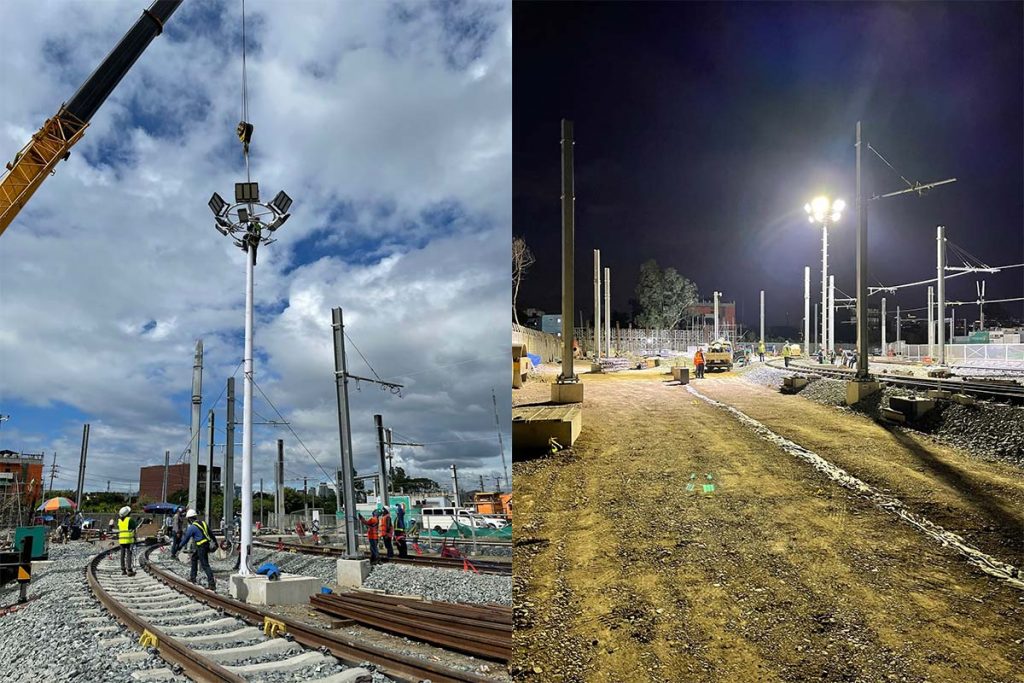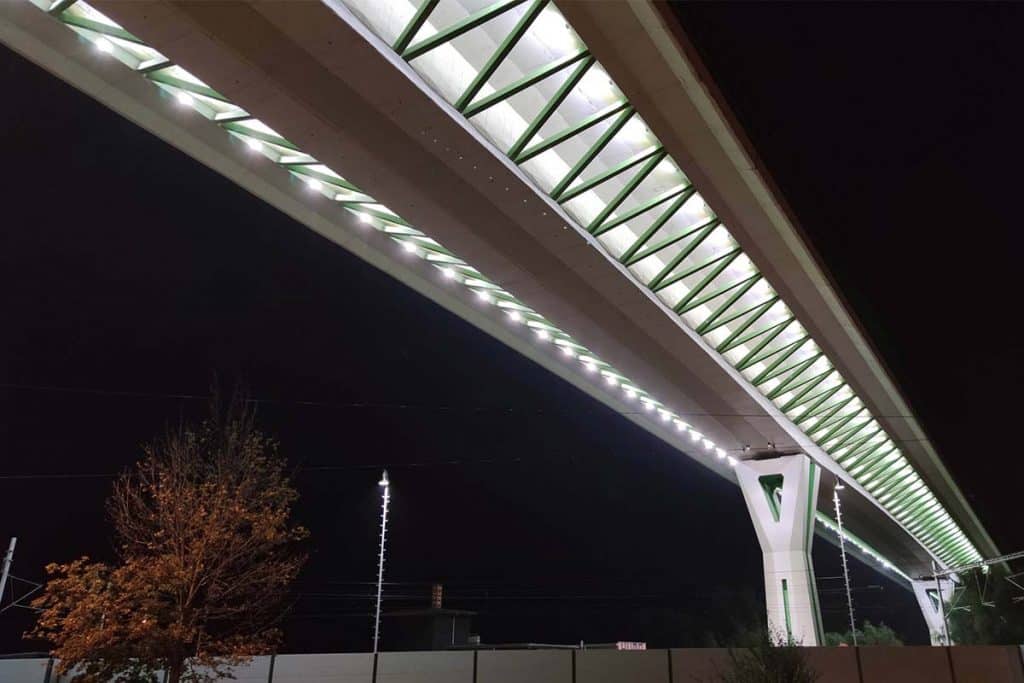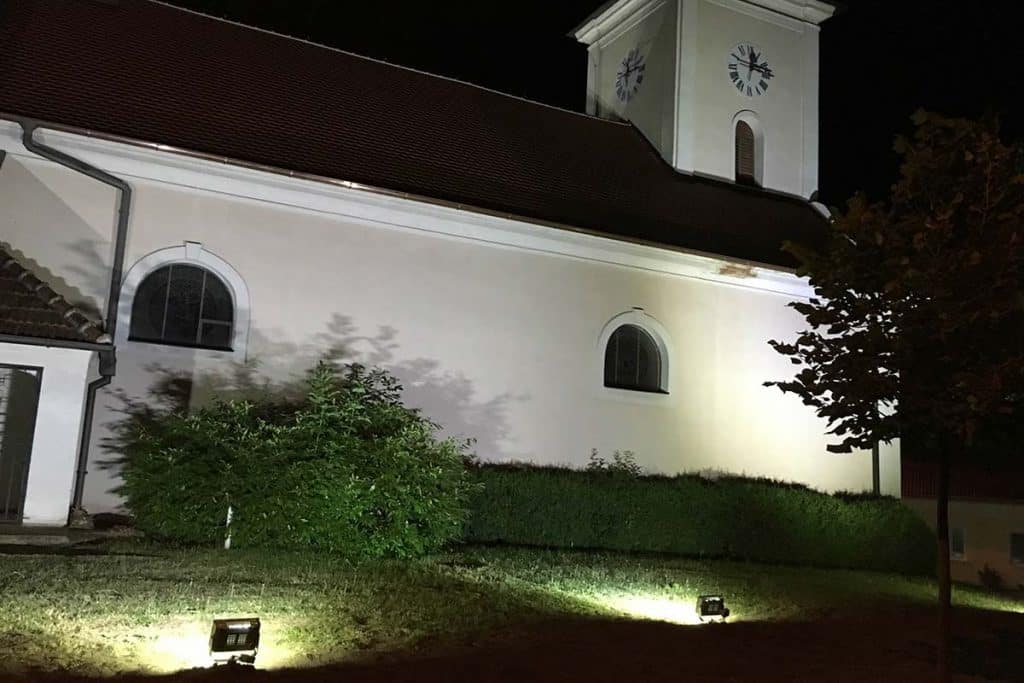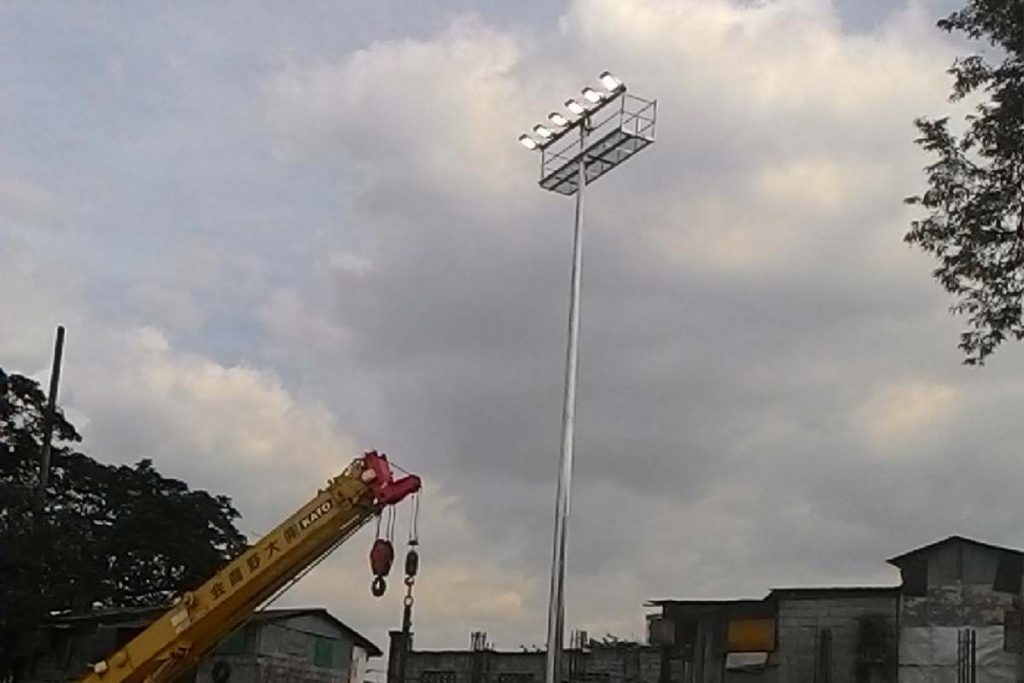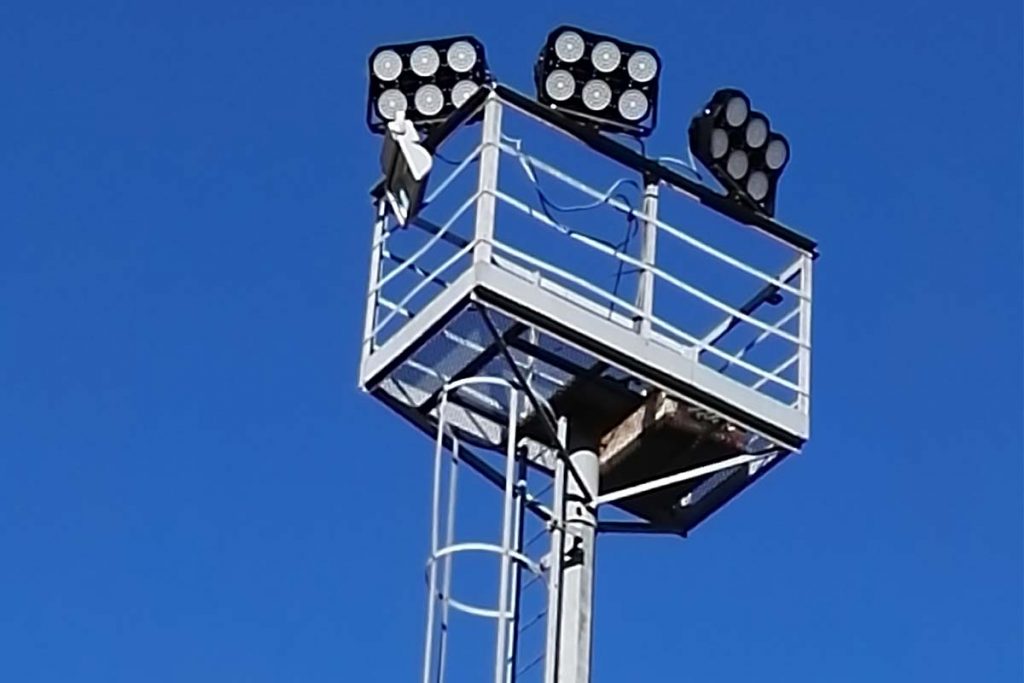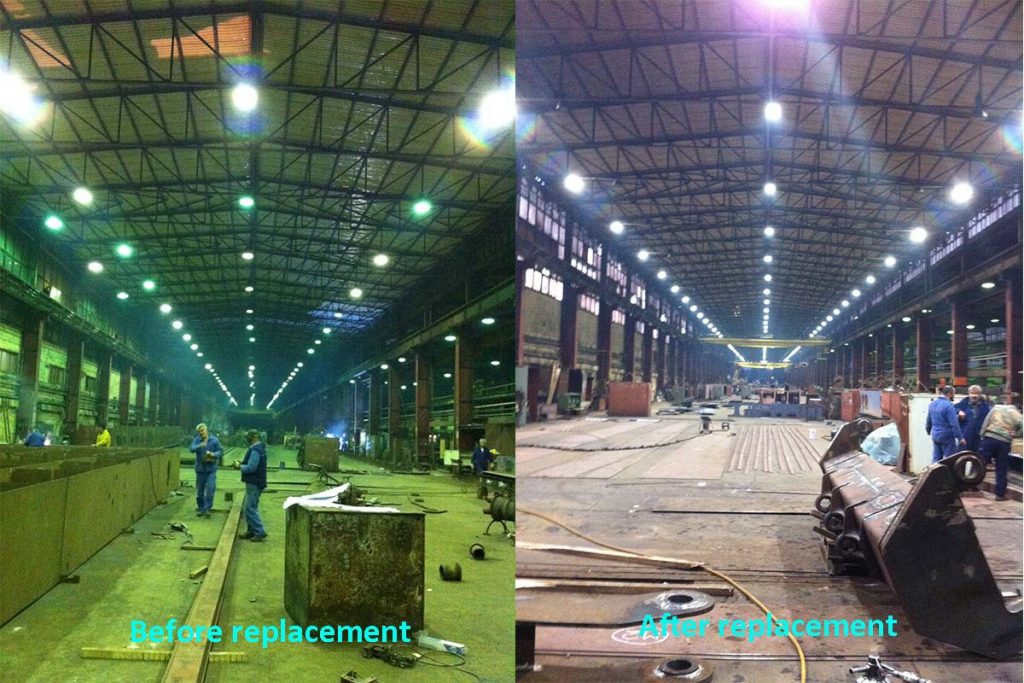Surge Protection Devices (SPD) for LED lighting
Surge Protection Devices (SPD) for LED lighting
What is a surge voltage?
Generally speaking, a surge is a transient wave of current, voltage or power in a circuit. The normal power supply voltage is 220Vac, but sometimes, the voltage will suddenly rise to hundreds or even thousands of volts in a short period of time, forming a “spike”-shaped waveform, which is a surge. Lightning strikes, short circuits in equipment, knocked down utility poles, and the operation of high-power motors in the grid can all cause surges. The duration of the surge is very short (microseconds), but it is enough to cause damage to electrical equipment such as street lights.
Different kinds of surges and their damage
Surges exist in nature and in our daily lives. The typical duration and magnitude of surge voltages vary from source to source. Below we have categorized the sources of surges.
Different kinds of surges
- Lightning strikes: Thunderstorms or minefields often occur. Street lights are installed in relatively open places, so they are easy to be directly hit by lightning, which requires high character; among all surges, it is the most potentially harmful. The transient overvoltages they cause can extend over great distances and are often associated with high-amplitude inrush currents. Even the indirect effects of lightning strikes can cause surge voltages of thousands of volts and surge currents of tens of thousands of amps. Although short in duration – hundreds of microseconds to milliseconds – such events can cause equipment failure or even damage installed equipment (including burning, etc).
- Surge caused by equipment switching: These exist in the electrical grid and affect the light fixtures through the power line. For example, the daily switch of lamps, or the start and stop of large equipment, often have surges in the circuit. These switching operations can cause induced surge voltages to be generated and propagated across the supply lines. In the event of large switching currents or short circuits, very high currents can flow within milliseconds, and these short-term current changes can cause transient overvoltages.
- Induced surges: There are times when a thundercloud approaches but does not directly hit a building, and electrical sparks are generated from metal equipment inside the building. People call this phenomenon of not directly hitting, but only sensing the energy of the lightning strike as induced surge. Induced surge is also called lightning induction or induced overvoltage. According to the principle of generation, it is divided into electrostatic induced surge and electromagnetic induced surge. Electrostatic induced surge is mainly because when the electrocumulus cloud is close to the ground, the charge on the cloud layer and the ground object is different, resulting in electrostatic voltage (induced voltage), which in turn causes the discharge to cause harm to the power supply system. Electromagnetic induced surge, this is because when the lightning discharges, the huge impact lightning current generates a rapidly changing strong magnetic field in the surrounding space, and the strong magnetic field generates an induced current, which affects the equipment, outdoor luminaires(such as sports light and street light) and power supply system.
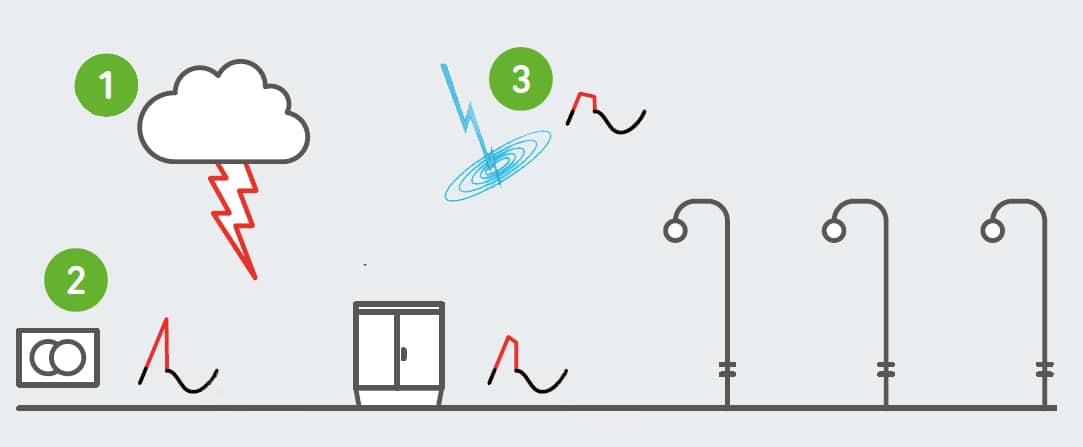
Damage of surge
There are two main types of surge hazards: catastrophic and cumulative.
- Catastrophic Hazard: If a surge voltage exceeds the equipment’s withstand capability, the equipment is completely destroyed or its lifespan is greatly reduced. Usually the insulation voltage of the motor is 2 times the normal working voltage plus about 1000V, so the insulation voltage of the 220V motor is generally 1500V. Power surges continuously strike the insulation, causing the insulation to break down and equipment or lamps to fail.
- Cumulative Hazards: The cumulative effect of multiple small surges causes performance degradation of semiconductor devices, equipment failures and shortened lifespans, and may eventually lead to equipment and lighting failures.
What is difference between common mode and differential mode surge?
Common mode surge voltages pose a hazard to objects located between the active potential (phase and neutral conductors) and ground potential. Normally they are line-to-earth or neutral-to-earth.
Differential mode surge voltages pose a hazard to objects located between two active potentials. Normally they are line-to-line or line-to-neutral.
Compared to magnetic ballasts, LED drivers have a more complex electrical design and are therefore more susceptible to surges. Especially when used outdoors, the LED driver should adopt a special surge protection circuit composed of MOV (metal oxide varistor) and GDT (gas discharge tube). As mentioned in the previous section, surges usually come from two ways: one is the on-off operation near the high-power machine, or the rapid switching between heavy and light loads leads to surges between the line and the neutral point, called differential mode surge; the other is that lightning makes the ground voltage level fluctuate greatly, and a surge occurs between the line or neutral point and the ground, which is called common mode surge.

How do surge protection devices work?
Surge protection should ensure that the transient voltage will not cause damage to facilities, equipment or terminal equipment. Therefore, a surge protection device (SPD) mainly accomplishes two tasks: limiting the magnitude of the surge voltage so that the device’s dielectric strength is not exceeded. Discharge inrush current associated with surge voltage.
As described in the previous section, surge voltages can appear between active conductors as differential-mode voltages, or between active conductors and the protective conductor or ground potential as common-mode voltages. With this in mind, surge protection devices can be installed between active conductors parallel to the equipment, or between active conductors and protective conductors.
When the power line voltage rises abnormally, the resistance of the surge protection device will drop sharply, guiding the surge away from the power line of the protected equipment, and when the surge ends, it will automatically reset to a high impedance state. You can think of an SPD as a floodgate, and a surge as a flood. Under normal conditions, the gates are closed, but when floodwaters are seen, they open quickly to divert the water. This process usually lasts for a few microseconds, therefore the equipment is protected becuase the equipment and lamps are short-circuited at that time. Besides the short-circuit duration is short and has no effect on the equipment and lamps. Here is how the two main types of lightning protection modules work.
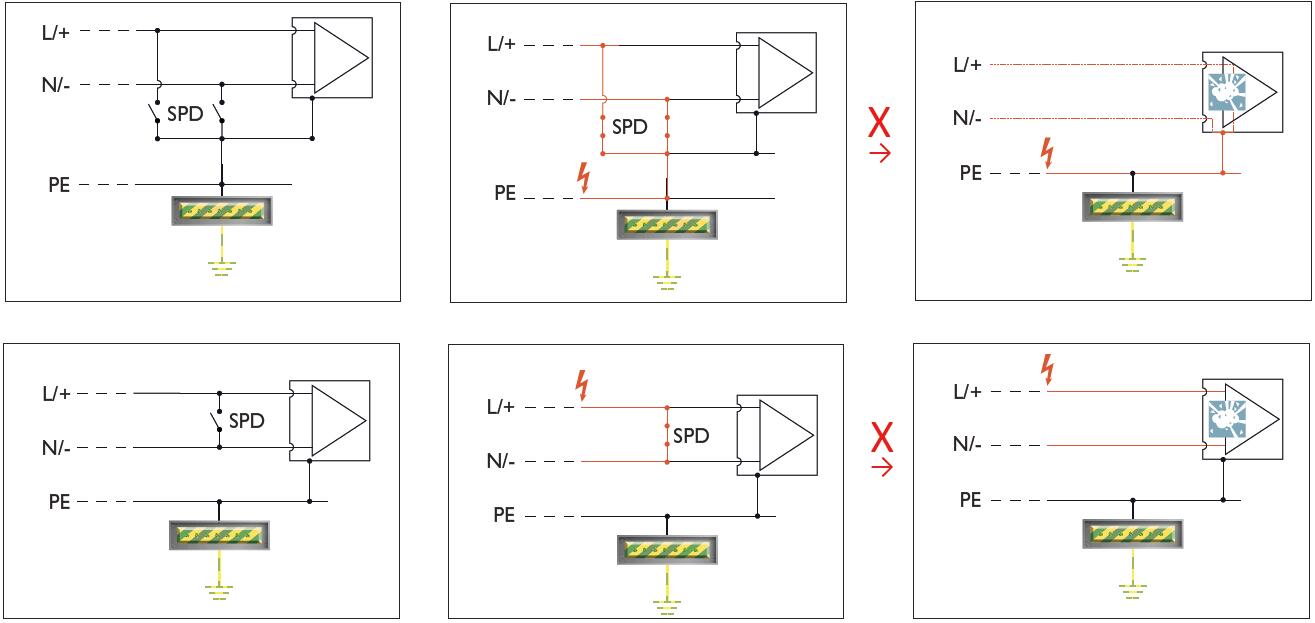
Surge protection device test standards
Test standards for surge protection devices include EN 61643-12 (Europe), IEC 61643-12 (International) and UL1449 (USA). Surge protection devices are generally classified according to performance values, according to the protection level and location of use, and follow the corresponding standards of the product. Definitions of terms, general requirements and test procedures for surge protective devices are contained in EN61643-12 and IEC 61643-12. Similarly, UL1449 also has corresponding regulations for these. Here we discuss what is included in the surge test content with IEC61643-12.
Residual current IpE
In this test, the SPD ( surge protection for LED lighting systems ) should be connected in accordance with the manufacturer’s instructions during normal use and the voltage should be adjusted to the reference test voltage (U REF ).
Measuring limiting voltage
It includes the following three tests. 1.2/50µs voltage wave, 8/20µs and 10/350µs current waveforms.
Operating duty test
In this test, the operating conditions of the SPD are simulated by applying a specified number of specified pulses to the SPD when it is energized by the AC mains at the maximum continuous operating voltage Uc.
Disconnectors and safety performance of overstressed SPDs
The tests include Temperature withstand test, Thermal stability, Short-circuit current behaviour tests, Additional test for SPD’s failure mode simulation.
Practical surge protection device and ZGSM SPD solution
Practical surge protection device
There are many SPD manufacturers on the market. Therefore, when choosing a surge protection device, special attention should be paid to the following points.
- A good surge protection device should be tested according to the requirements of IEC 61643-12 or UL1449
- Since SPDs are usually hidden in inaccessible places, such as installed in lamps, we cannot observe whether they are damaged (lightning strikes) with the naked eye, so in the event of a fault, the lamps can be disconnected from the circuit for electricians to repair. ZGSM offer this solution as per request.
- In case of humidity or dust, SPD with higher IP rating should be selected. Or the luminaires are guaranteed to have good IP luminaires.
- The SPD must take into account the protection class (Class I or Class II) of the luminaire. ZGSM offer both Class I and Class II solutions.
- In addition to the protection of the 230v power supply, the protection of the control unit, such as DALI, second (control) phase, 1-10v or DMX can be considered. A SPD that combines AC and control is ideal for these luminaires and generally provides better coordinated protection than two separate SPDs.
ZGSM SPD Solution
Just like our appliances and computers in our homes need surge protectors in case of lightning or storms, so do outdoor LED lighting fixtures. Due to the sensitive electronic components used in LED lamps, it is necessary to prevent electronic noise (Surge). At the same time, since these outdoor LED lamps are installed in harsh outdoor electrical environments, these sensitive electronic components need to be protected to avoid early failures. ZGSM has a variety of surge Class I and Class II, 10KV and 20KV, different specifications can meet the requirements of your project. At the same time, the surge of ZGSM is tested by TUV, and the test standard number is IEC61643. We can provide the certificate and report of surge for you to check so that you can use our SPD with confidence.
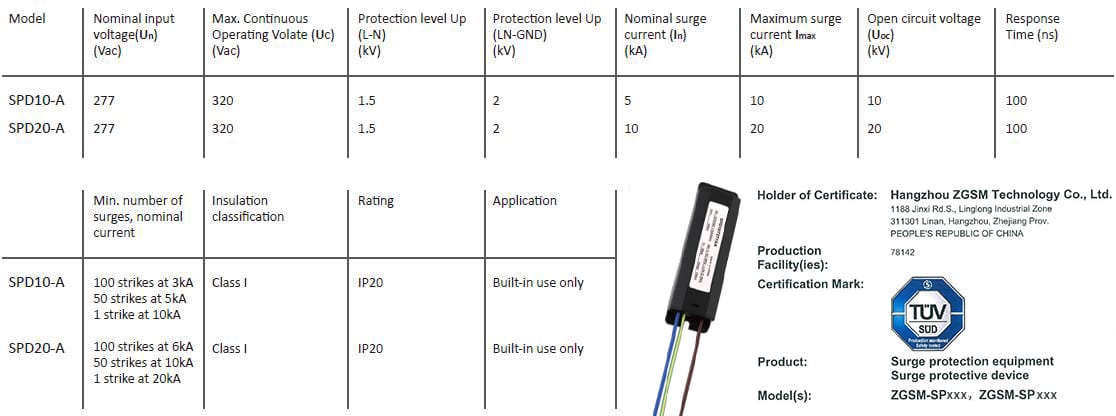
ZGSM StreetLight with SPD
LED lights have made it possible to light our streets, parking lots, urban areas and parks more efficiently, which is with long lifetime. ZGSM’s street and garden lights are equipped with surge protection devices, making these lights an unprecedentedly high lighting performance. With their help, our LED luminaires are protected from high energy discharges. Without surge protectors, we cannot imagine how high a risk of failure a luminaire might be on a power distribution network that is affected by lightning strikes or large equipment switching on/off.
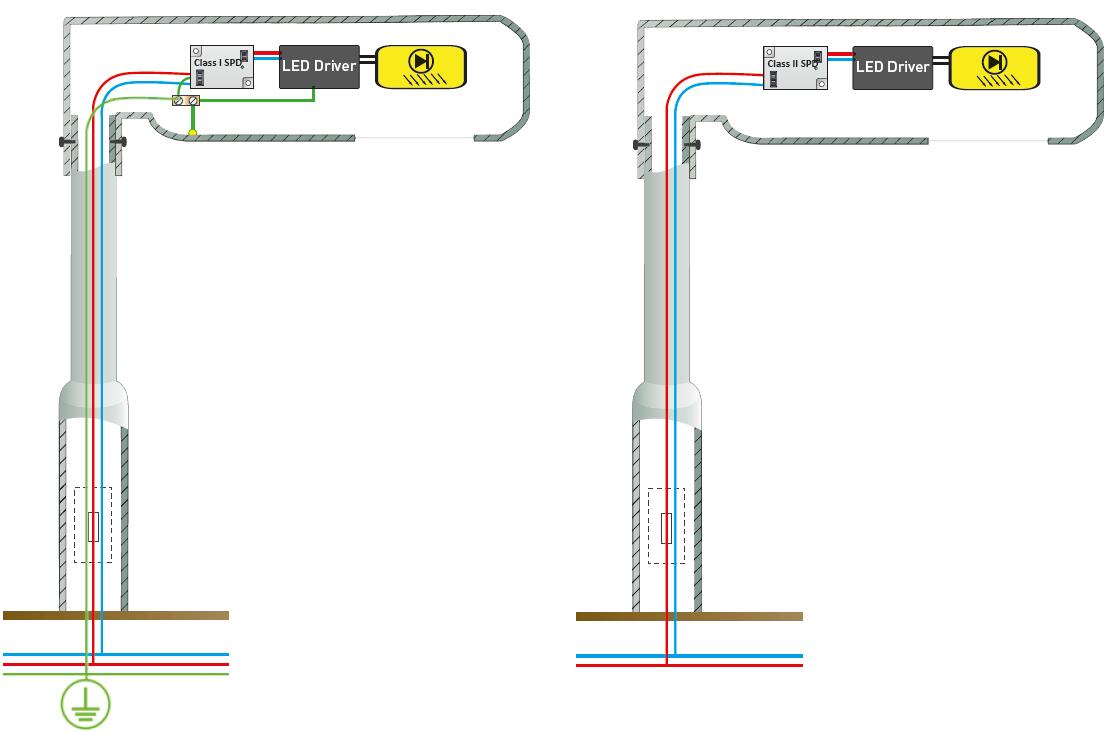
ZGSM Flood light with SPD
LED floodlights make our football fields, basketball courts, tennis courts, baseball fields, etc. have good lighting at night. These court lights are often at high outdoor heights (high poles), and a court is usually equipped with a lot of high watts There are many floodlights such as remote control flood lights, so these lamps are also vulnerable to abnormal voltage (surge and induced voltage). ZGSM floodlights or stadium lights are often equipped with surges to better protect your lighting system. After reducing failures, the stadium can have a good experience for players and spectators. At the same time, it can also reduce the maintenance cost of the stadium, so it is also a good choice for service providers.
Summary
Through this article, I hope you have a certain understanding of the occurrence of surges, the classification of surges, the working principle of surge protection device, and the protection of LED lamps by surge protectors. Due to the advantages of LED technology, it is very popular among lighting types. However, replacement or new installation of LED lamps requires a lot of investment, so we need to take some time to evaluate their protection requirements. We believe that surge protection devices are essential to avoid damage to LED power supplies and LED modules. You can install surge protection devices in parallel or in series, depending on what you want to achieve. Hopefully this article has given you some guidance in choosing surge and outdoor lighting with surge protection (including street lights, flood lights and stadium lights). You can contact us for more information, our email is [email protected].
Related Blogs
Related Cases
People also ask
Author introduction

Hello Customers,
My name is Taylor Gong, I’m the product manager of ZGSM Tech. I have been in the LED lights industry for more than 13 years. Good at lighting design, street light system configuration, and bidding technology support. Feel free to contact us. I’m happy to provide you with the best service and products.
Email: [email protected] | WhatsApp: +8615068758483

